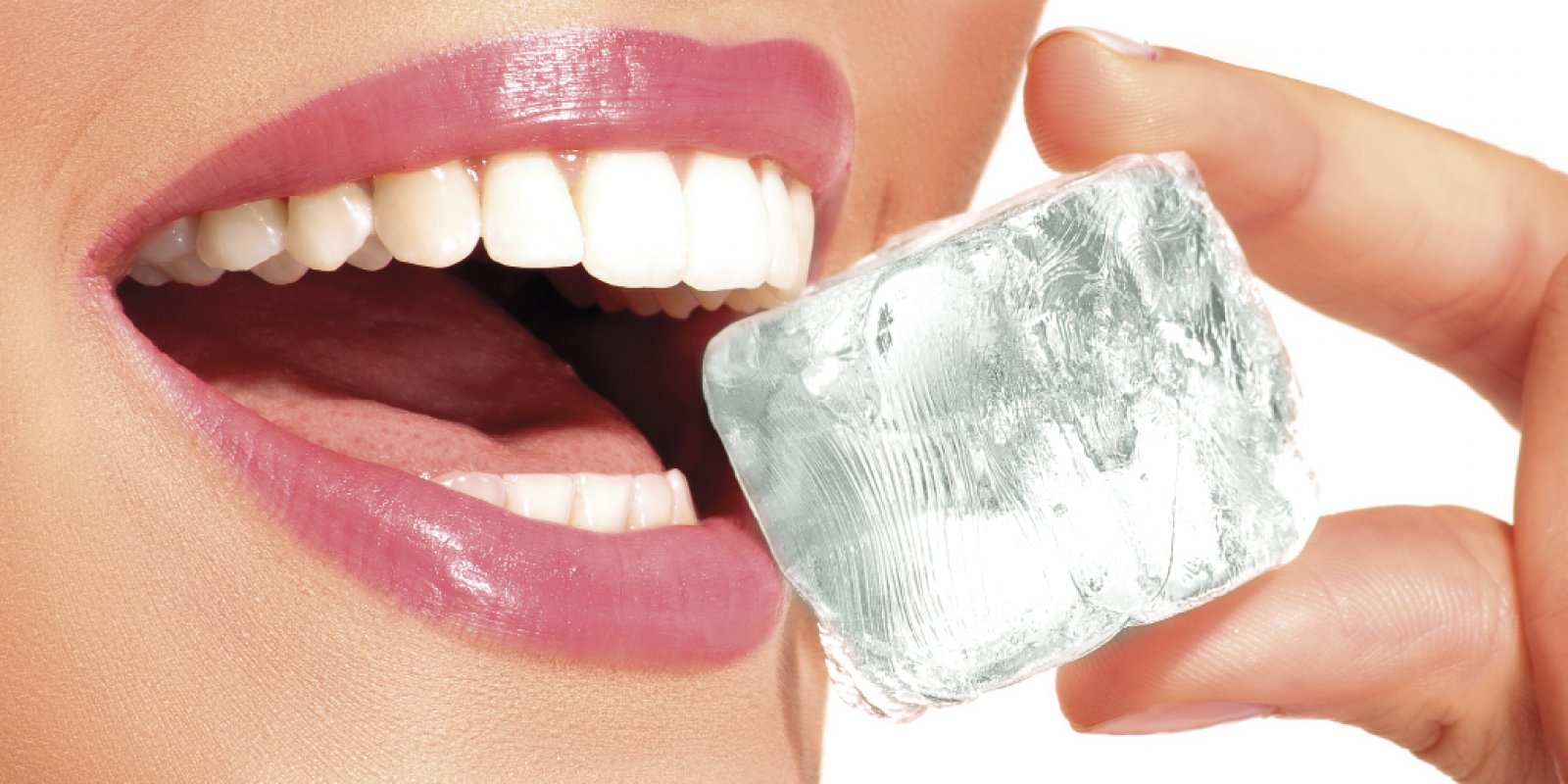Dr. Arabella Michelén
Wednesday, June 5, 2024
The normal process by which teeth emerge into the oral cavity is eruption. Many factors influence this process to occur without any setbacks; such as: sufficient space, location of the tooth in the jaw, thickening of the soft tissues, position of the neighboring teeth, among others.
The lower third molars and the first permanent molars are the most common to present complications during eruption.
Pericoronitis is an acute process in which the soft tissues that cover and surround a tooth that is in the process of erupting become infected. These tissues do not break down completely, creating a space between the erupting tooth and the soft tissues, in which food debris and bacterial plaque accumulate, making this the ideal environment, of heat and humidity, for the colonization of pathogenic microorganisms.
This infectious process is accompanied by discomfort when swallowing, speaking and eating, pain, fever, halitosis and inflammation, which sometimes affects not only the soft tissues, but also the face.
Symptoms may come and go, varying in intensity and one or the other may occur; however, until the eruptive process has been satisfactorily concluded or the tooth has been extracted, that is, the cause has been eliminated, the situation will repeat itself many times, potentially affecting not only oral health, but also general health.
Pericoronitis is diagnosed by the dentist by examining and exploring the oral cavity. Radiographic studies allow the evaluation of the affected teeth and rule out other pathologies as the origin of the infection.
Treatment varies from patient to patient; initially, the infection should be controlled with washing and drainage of the affected area plus drug therapy.
In cases of lower third molars, it is very common for the general dentist to refer the patient to the oral surgeon to proceed with their extraction.
Generally, the soft tissue cap covering the erupting tooth is removed along with medication. This surgical procedure can be done with a scalpel, electrosurgery, scalpel or laser. The difference between the two methods is the benefits in terms of recovery, bleeding, operating time and invasion of adjacent tissues. Without a doubt, the most favorable is the laser.
In the period of time between the diagnosis of Pericoronitis and the definitive treatment, the patient must reinforce hygiene measures, brushing and flossing after eating any food, as well as include a mouthwash with chlorhexidine, preferably prescribed by their dentist.
Food should be gentle to avoid injuring the area, avoiding sticky foods, cold foods act as palliatives for the symptoms.
Remember, if you first feel discomfort in an area where a tooth is erupting, consult us.










